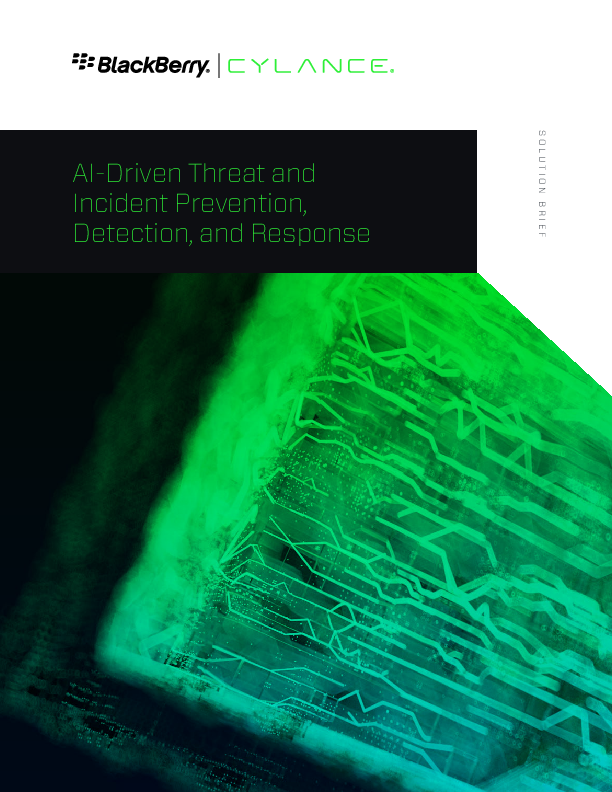AI-Driven Threat and Incident Prevention, Detection, and Response
Traditional cybersecurity approaches suffer from two glaring weaknesses. First, they rely on the digital signatures of known malware in order to identify threats. This approach leaves systems vulnerable to new and non-catalogued malware. Second, they are reactive in nature, ascribing to the “it’s not a matter of if, but when” mentality and often responding to the damage caused by zero-day threats only after they execute. Guarding against known threats is important but in the modern threat, landscape organizations must also address the over 350,000 new variants of malware created every day.
Many cybersecurity companies attempt to stop evolving threats by building new layers of security on top of existing solutions. This approach often creates additional noise within the security stack, making it harder for analysts to quickly identify and respond to threats. The benefits of new security layers are quickly offset by their demand for more system resources and alert fatigue.

